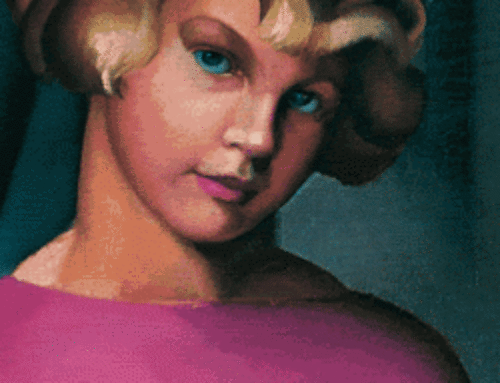This year, we commemorate the German pogroms of November 9, 1938 with a global event – please notice the different event time. Coming together from Hong Kong, Melbourne and New York, we celebrate the photographs of Horst Eisfelder, who passed on this year:
|
WEDNESDAY, NOVEMBER 8 THURSDAY, NOVEMBER 9 ”HORST EISFELDER (1925-2023): |

Horst Eisfelder. Bake staff at Café Louis with Erwin Eisfelder in center, circa 1941, Shanghai, China. Black and white photograph. Copyright: Horst Eisfelder estate
After fleeing Berlin a few weeks before Kristallnacht and arriving in Shanghai with his family in late November 1938, Horst Eisfelder (1925-2023) became one of the most prolific photographers of the ‘Shanghai Ghetto’ before emigrating to Australia in May 1947. Embedded within the history and theory of photography, this presentation considers his images of the city of Shanghai as well as the Designated Area for Stateless Refugees as vital representations through which to understand the constitution of diasporic life for the diverse Jewish communities who survived the war in this polyglot port of last resort.
Lecture by Dr Noit Banai (Hong Kong) and Dr Anna Hirsh (Melbourne), followed by Q&A with Rodney Eisfelder (Melbourne), son of Horst Eisfelder.
In Leipzig, Germany, we exhibit the story of Emmy Rubensohn (1884-1961), who – like Horst Eisfelder – also survived persecution by the German Nazi regime by fleeing to Shanghai:
“Emmy Rubensohn! Networker and Music Patron –
from Leipzig to New York”
at the GRASSI Museum in Leipzig, Germany

Japanese conductor Takashi Asahina made several appearances as guest conductor of the Shanghai Philharmonic Orchestra in 1943. His January 1944 entry in the Rubensohns’ guest book is the only one made during their exile in Shanghai. Emmy Rubensohn was in close contact with Asahina, because she gave him German lessons.
In a letter dated September 17, 1946, Emmy Rubensohn revealed to Oskar Kokoschka: “Music has faithfully accompanied and always comforted me, through the great pain we have all suffered at the hands of fate, and the grief [we feel] for our dead and the victims.”
Our next virtual event presents a lecture by Dr. Arie Hartog, director of the Gerhard-Marcks-Haus in Bremen (Germany), who presents recent research on an artist who deserves to be better known:
WEDNESDAY, NOVEMBER 15 ONLINE
12:00 pm EST / 18:00 Uhr CET
”PETER LASZLO PERI (1899-1967).
AN HUNGARIAN-BORN ARTIST IN BERLIN AND LONDON”

Peter László Péri, Sadness, 1938–1945, pigmented and painted concrete, 52 × 40 × 60 cm. Photo: Jake Wallters © Peter László Péri Estate, London
Peter László Péri was born Ladislas Weisz in Budapest in 1889. Peri became the Hungarianized family name in 1918. In 1919 he participated in the Hungarian soviet republic. In 1920 he came to Berlin. At the beginning of 1933 he, Jew and Communist, had to and could leave Germany and moved to London with his second, English wife.
These brief key data show a typical biography for Jewish artists in Europe, and they also explain why they are hardly noticed. Despite all the methodological innovations and assurances, art history is still written primarily according to national patterns. And artists who were forced to move through Europe fall through the cracks. Hungarian and German art history is mostly interested in Péri before 1933, English in the artist after 1933.











